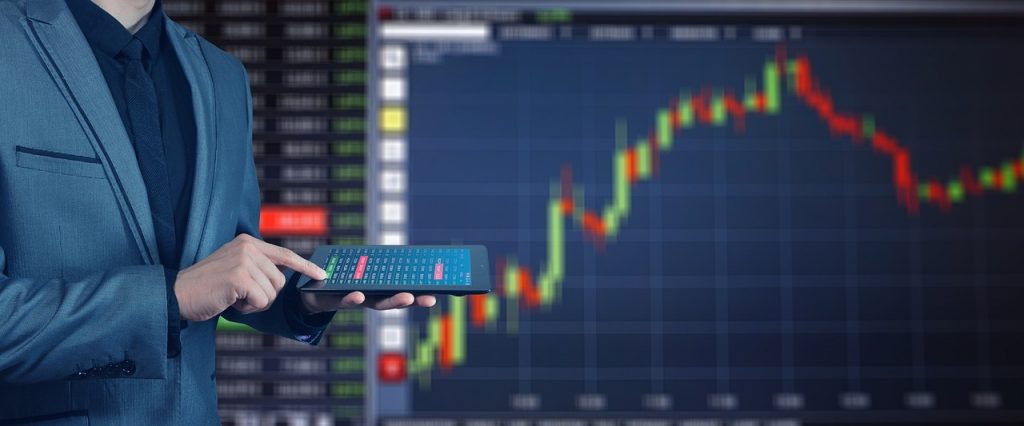The Bollinger bands is a popular tool in forex trading that is applied on the chart to assess the price movement. It is labelled as a trend-following tool that uses three lines: centerline, upper line, and lower line. These bands record the price deviation from the security’s true value.
When applied, the Bollinger Bands take the shape of an “envelope” on the chart, which is used to assess whether the price is going up or down. The volatility is reflected on the chart and this usually happens when the two bands deviate from the centerline. The bands either contract or expand, and this is wholly dependent on the price action.

How to Read Bollinger Bands
The Bollinger Bands has three lines:
- 1 SMA (centerline)
- 2 price channels (upper & lower band)
The centerline uses the 20-day simple moving average, while the other two bands measure the price’s standard deviations through the daily closing prices.
Market volatility is reflected in the gap of the two bands away from the middle line. As volatility is reflected in the bands, they expand the more volatile the market is; and conversely, they contract when it turns less volatile.
Calculating Bollinger Bands
To calculate Bollinger bands, there are a few steps that must be followed. First, to get the value of the centerline (a.k.a. the 20-day SMA), add the last 20 daily closing prices, then divide it by 20.
To get the value of the two bands, refer to the photo below:
A variety of securities use different variable settings, but traders usually use the 20-day SMA. Other traders prefer using the EMA.
Summary of Notes on Bollinger Bands
- Once the bands contract towards the center—which interprets that the market volatility is low—it shows a stronger possibility of a price change.
- Once the centerline exceeds the range of the bands, it is usually a strong implication that the ongoing trend will continue.
- When new price highs and lows appear outside the bandwidth, succeeded by highs and lows inside, it typically signals an approaching reversal in trend.
- If a price movement takes place in one side of the band then happens on the other side, it is a good basis for your future trading decisions regarding price targets.
- When the price is closer to the upper band, it identifies an overbought condition in the market. When the price is closer to the lower band, it identifies an oversold condition in the market.
- The formation of M-patterns give verification to the prices reaching new highs.
- W-bottoms assess the strengths of the new lows of the price.
- Although interpreting the Bollinger Bands may depend on every trader, typically traders opt to buy when the price is approaching the lower Bollinger band
- Traders usually buy when there is an outbreak of the price above the upper band. Meanwhile, they sell when it drops below the lower band.
Remember all these notes when you are using the Bollinger Band trading strategy. Once you get familiar with it, you’ll find it easy to use in trading.